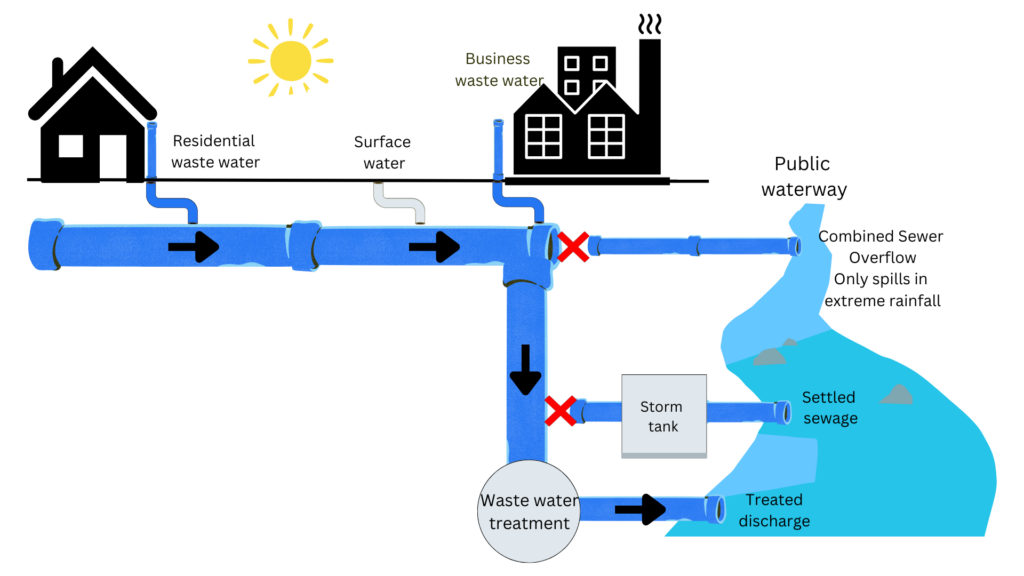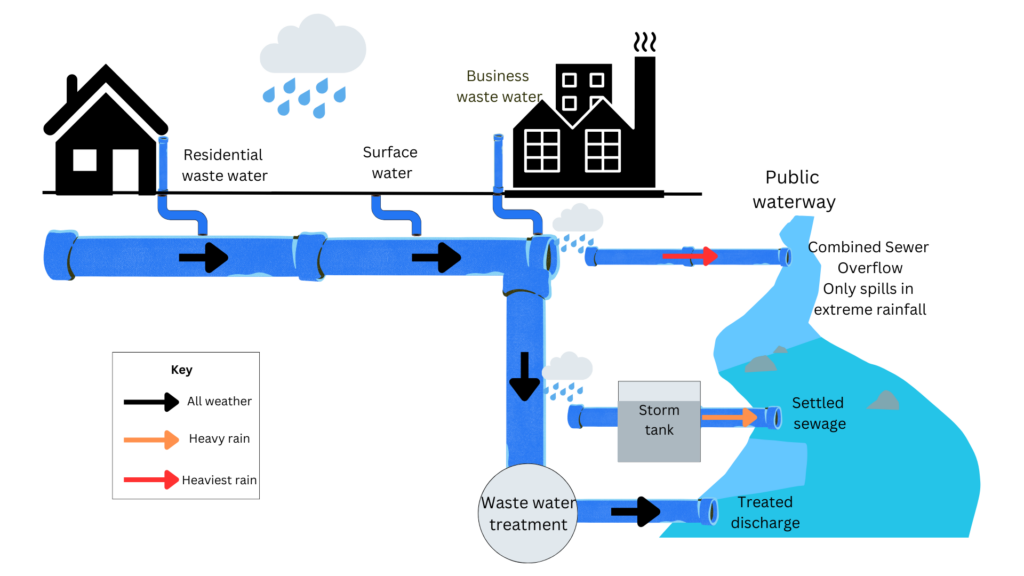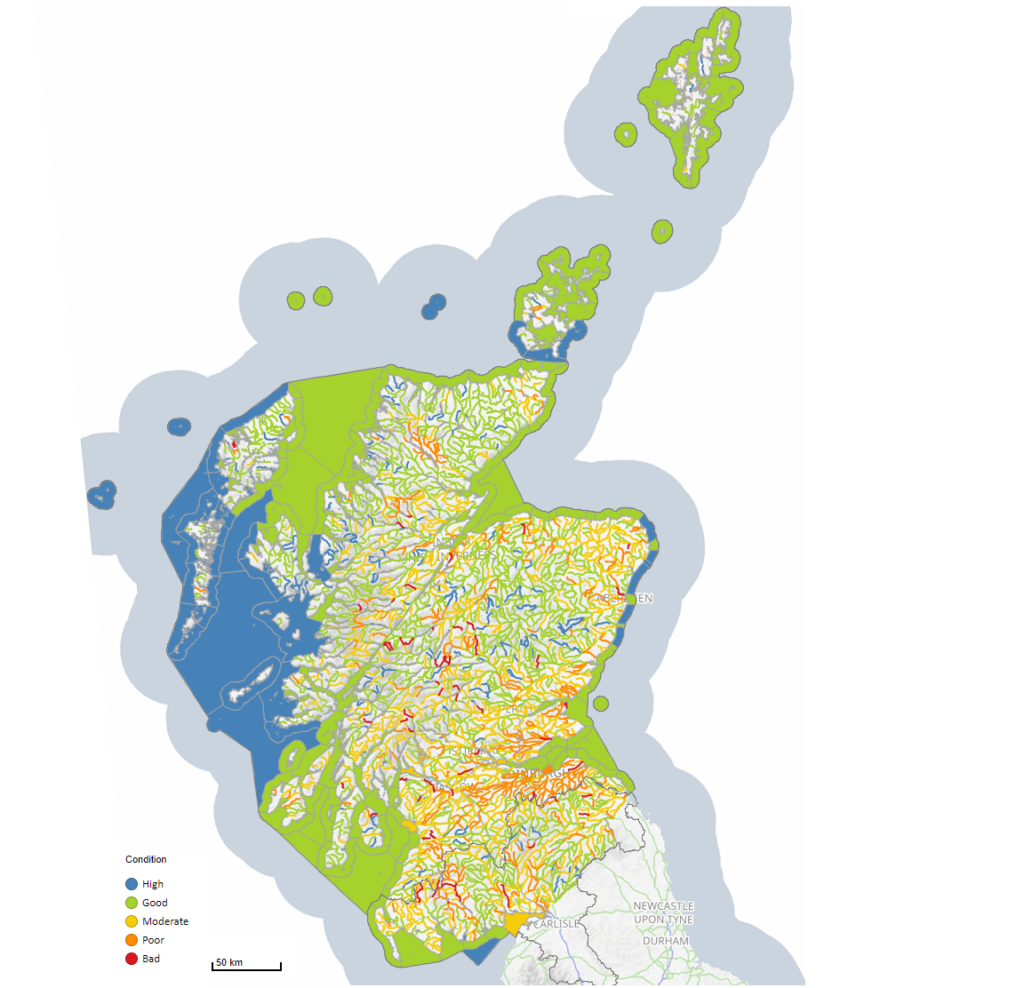Storm overflows in Scotland
Storm overflows - An assessment of spills, their impact on the water environment and the effectiveness of legislation and policy
September 2024
Storm overflows – an assessment of spills, their impact on the water environment and the effectiveness of legislation and policy – September 2024.pdf
Download pdf (849.93 KB)
This document may not be fully accessible.



